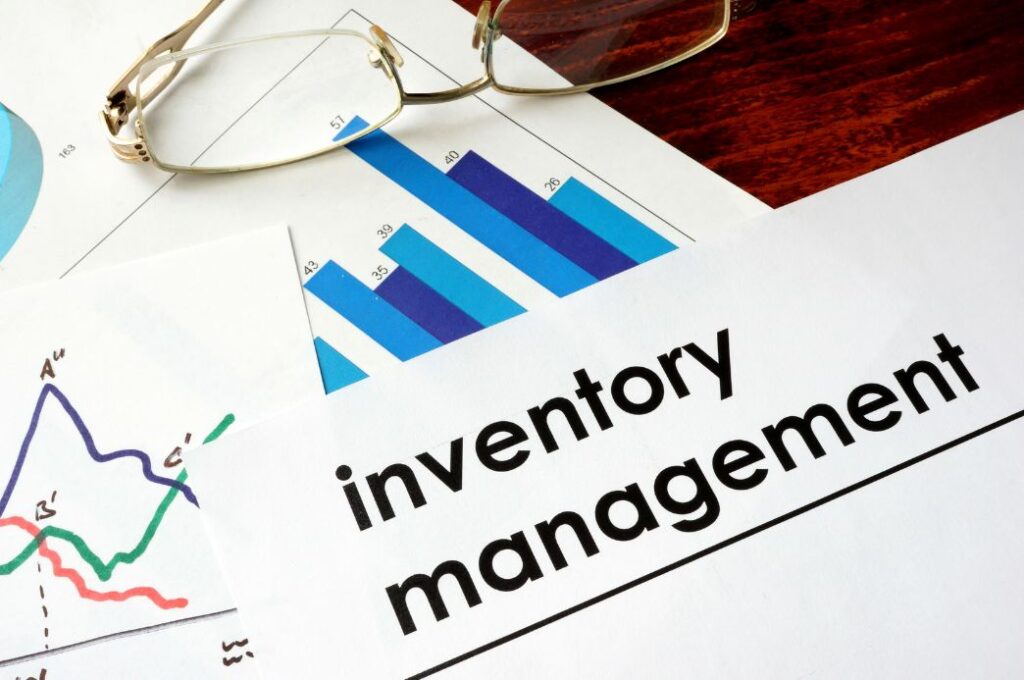
Effective inventory management is crucial for any business to thrive, even more so in the Fast Moving Consumer Goods (FMCG) industry where product turn around needs to be swift. Businesses face constant challenges in maintaining optimal inventory levels while meeting customer demands, minimising costs, and avoiding stockouts or overstock situations.
Fortunately, advanced technologies like Opcenter APS (Advanced Planning and Scheduling) are here to help planners with inventory management, providing instant visibility and streamlining the entire process.
In this blog, we will delve into how Opcenter APS can help businesses with effective inventory management, and identify key metrics and indicators to measure inventory efficiency.
Understanding Opcenter APS for inventory efficiency
Opcenter APS is a software that has been specifically designed to assist planners and schedulers with production planning, scheduling, and inventory management across the entire supply chain. For FMCG companies, it offers the ability to improve production, distribution, and inventory levels in real time. Opcenter APS can analyse vast amounts of data, including historical sales, market trends, seasonal patterns, and supply chain factors, to generate accurate demand forecasts.
Through the integration of various data sources, such as point-of-sale (POS) data, supplier information, production schedules, and warehouse stock levels, Opcenter APS provides instant visibility into the entire supply chain. This visibility allows FMCG companies to make data-driven decisions, respond swiftly to market changes, and ensure a seamless flow of goods from production to distribution.
Strategies for effective inventory management with Opcenter APS
Demand sensing and forecasting
One of the most critical aspects of FMCG inventory management is anticipating consumer demands accurately. Opcenter APS excels in demand sensing and forecasting by analysing real-time data from multiple channels. By detecting shifts in consumer behaviour and adjusting demand forecasts accordingly, FMCG companies can enhance inventory levels to meet changing customer preferences promptly.
Dynamic replenishment
With Opcenter APS, FMCG businesses can implement dynamic replenishment strategies based on actual sales and demand forecasts. This allows them to set up automatic reorder points and quantities, ensuring that inventory is replenished precisely when needed. As a result, stockouts are minimised, and overstock situations are reduced, leading to improved customer satisfaction and cost savings.
Efficient distribution planning
In the FMCG industry, efficient distribution is crucial to ensure products reach their destinations on time. Opcenter APS enables businesses to improve distribution planning by considering factors such as transportation costs, delivery schedules, and customer locations. This ensures a smooth and timely flow of goods through the supply chain.
Batch and lot enhancement
For FMCG companies dealing with perishable or short shelf-life products, Opcenter APS can improve batch and lot sizes to minimise waste and reduce carrying costs. By producing goods in quantities that align with demand, companies can avoid overproduction and ensure fresher products on the shelves.
Vendor collaboration
Opcenter APS helps to ensure seamless collaboration and communication with suppliers and vendors, allowing FMCG businesses to align inventory levels with expected deliveries. By sharing real-time inventory data, lead times, and demand forecasts, companies can enhance their supplier relationships, reduce stockouts, and improve overall supply chain efficiency.
Measuring inventory efficiency: key metrics and indicators
Inventory turnover ratio
The inventory turnover ratio is a fundamental metric that measures how quickly a company’s inventory is sold and replenished within a specific period. A higher inventory turnover ratio indicates better inventory management and a more efficient supply chain.
Fill rate
Fill rate measures the percentage of customer orders that are fulfilled from available inventory without backorders. A high fill rate indicates an efficient inventory management system that can meet customer demands promptly.
Stockout rate
The stockout rate measures the percentage of time a particular item is out of stock when customer demand occurs. A low stockout rate is crucial in the FMCG industry to ensure products are always available to meet consumer needs.
Carrying cost of inventory
The carrying cost of inventory includes expenses such as warehousing, storage, insurance, and obsolescence. Lowering carrying costs through enhanced inventory levels can lead to significant cost savings.
Order cycle time
Order cycle time measures the time taken to fulfil a customer order, from order placement to delivery. Reducing order cycle time improves customer satisfaction and streamlines inventory turnover.
Case Study: Natural One
Natural One, a Brazilian company that offers a unique, 100 percent natural juice product, faced specific inventory challenges. These included meeting demand while managing inventory levels, improving performance of the filling line and plan production to guarantee availability of the appropriate product mix.
After using Opcenter APS to assist with their planning, they were able to:
- Reduced production planning from three days to two hours with greater reliability.
- Improved production and product quality Extended planning horizon from 30 days to 12 months.
- Reduced stockouts from 13 percent in 2018 to 2 percent in 2020.
Want to find out more about how Opcenter APS can help your FMCG business? Contact us today. With our decades of experience and deep understanding of the industry, we are well-equipped to provide you with the tailored solutions you need to get the most from your processes.






